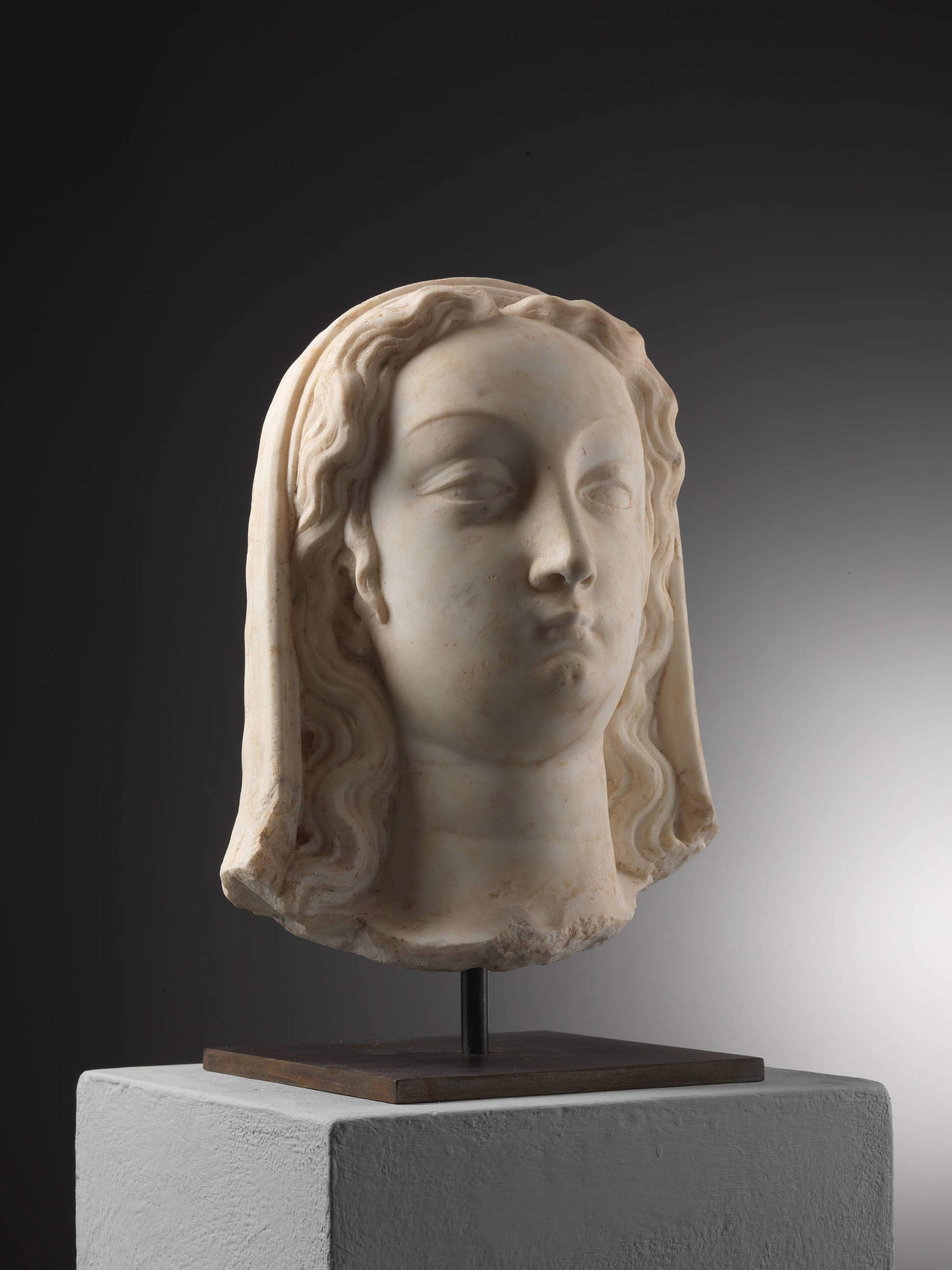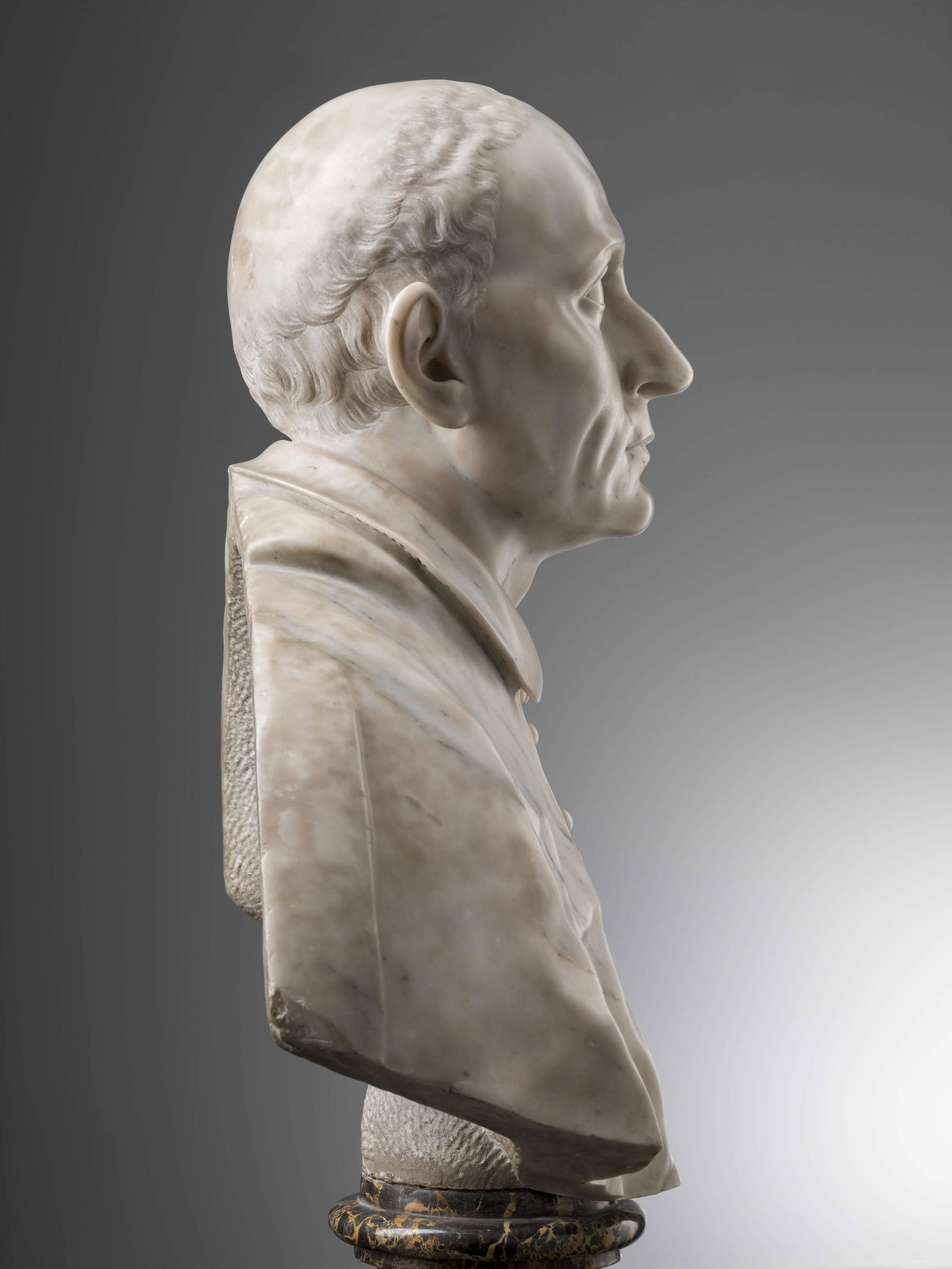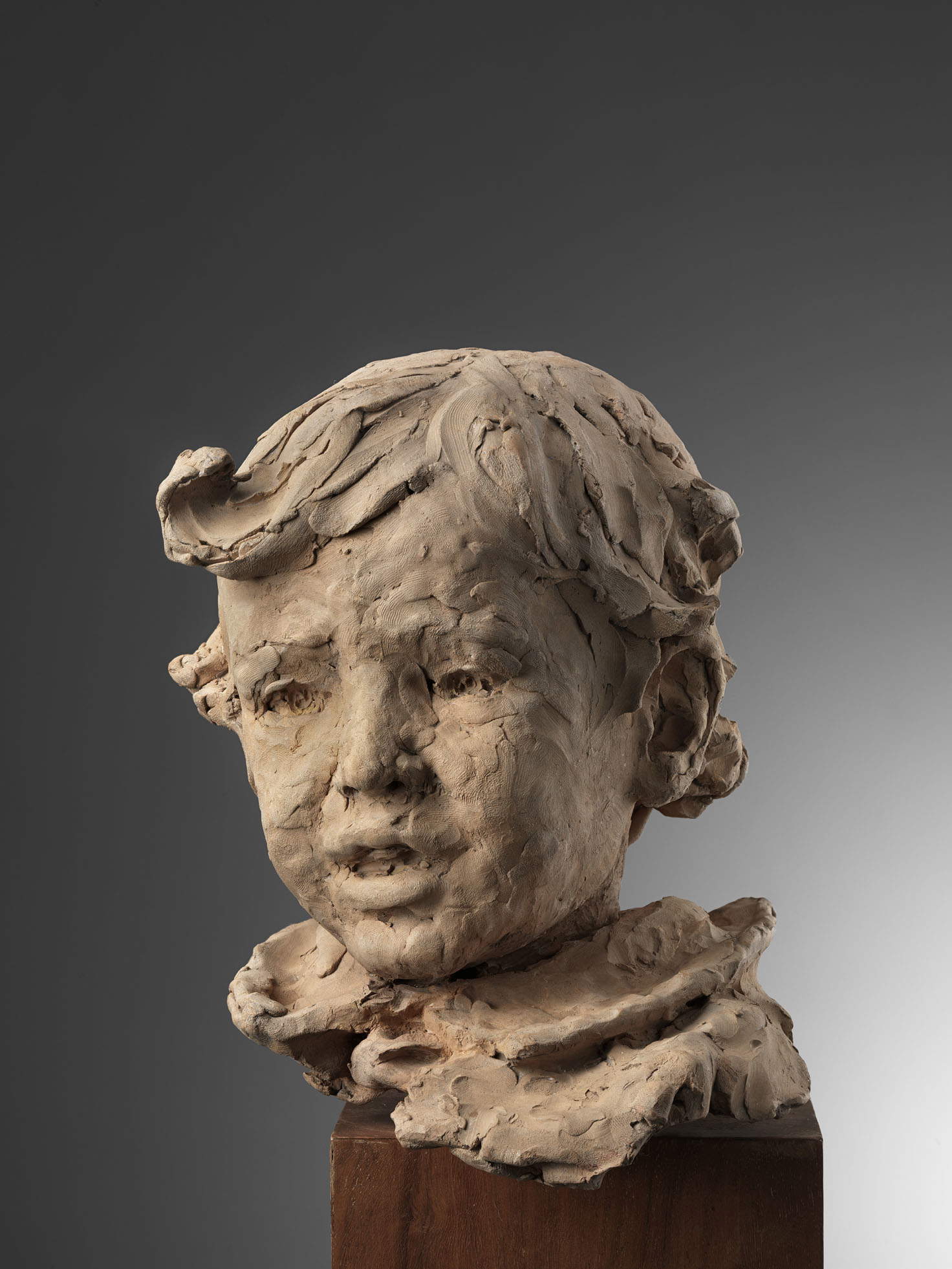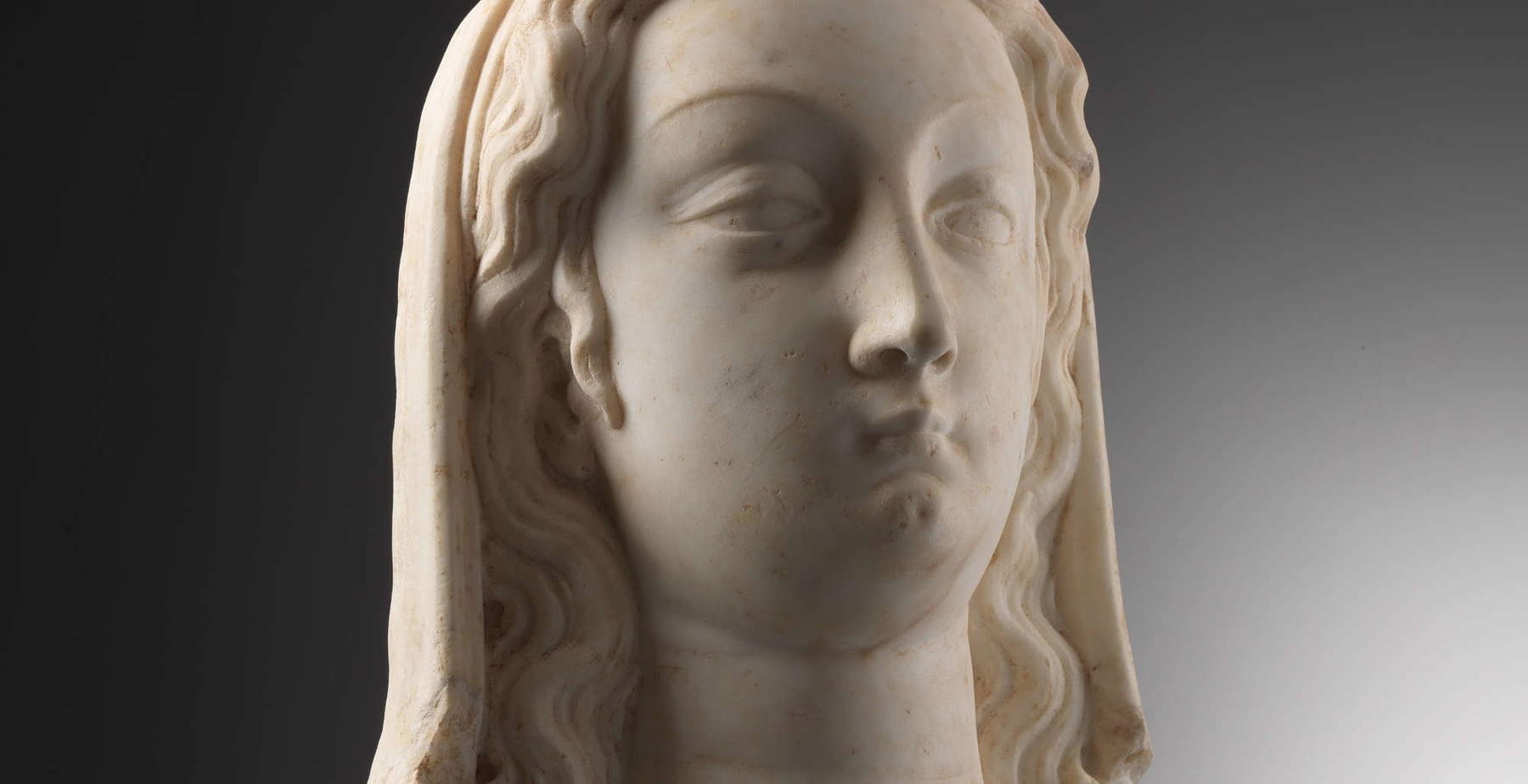Since 1960, the Botticelli Antichità gallery in Florence has been a recognized point of reference in the Italian collecting and art market. Founded as a family business, over the years it has seen the growth of a project that has been able to pay constant attention to quality. Since the late 1980s, Bruno Botticelli and his sister Eleonora have taken up the legacy of this tradition, orienting the activity toward a specific and complex sector such as Italian and European sculpture, with a chronological span from the Middle Ages to the 20th century. Their presence at the Arte e Collezionismo Roma 2025 fair, scheduled to take place at Palazzo Barberini from September 18 to 23, confirms the gallery’s role among the protagonists of an event that brings together some of the most prestigious Italian and international antiquarian realities. For this occasion, Botticelli Antichità has chosen to present a selection that spans centuries of the history of sculpture, restoring the extraordinary variety of the languages of this art.
The gallery’s stand will be characterized by the presence of works that, although belonging to different eras and contexts, find a common thread in their ability to strongly evoke the specificity of each historical moment. We start in the 16th century, with a hieratic Female Head by Giuseppe Bottone (Messina, news from 1557 to 1574), one of the leading southern sculptors of the time, who offers here a piece, a fragment of a larger sculpture, probably a statue of a Virgin, imbued with Gothic reminiscences despite its advanced dating. Among the most prominent pieces is a tabernacle of 16th-century Neapolitan culture, evidence of that sacred art capable of combining compositional eccentricities and popular devotion. The complexity of the decoration and the symbolic force of the structure fit into the rich Neapolitan tradition of the period, which between the 16th and 17th centuries was a major cultural crossroads for the Mediterranean.
Alongside this work of strong devotional impact, the gallery’s proposed itinerary brings visitors face to face with the imposing Bust of St. Charles Borromeo, created by the great Baroque sculptor Ercole Ferrata (Pellio Intelvi, 1610 - Rome, 1686). A pupil and collaborator of Alessandro Algardi, Ferrata was one of the most influential interpreters of 17th-century Roman sculpture, and his work combines formal rigor and spiritual intensity. In the bust of St. Charles, the hieratic austerity of the figure translates into an image of extraordinary religious force, perfectly consistent with the spirit of the Counter-Reformation.
The tour continues with a significant temporal leap that leads to the heart of modern sculpture experiments. This is the setting for the portrait of a child of the Trolli family by Medardo Rosso (Turin, 1858 - Milan, 1928). Considered the pioneer of modern sculpture, Rosso revolutionized the plastic language of the late 19th century, elaborating a new way of understanding the relationship between light, matter and figure. The small portrait proposed by the gallery is an example of his ability to capture the fleeting essence of expression, resulting in a work that, despite its apparent simplicity, ranks among the highest examples of early 20th-century sculptural art.



Botticelli Antichità’s selection closes with a work that already belongs to the collective memory of Italian culture in the second half of the 20th century: the Portrait of Alberto Moravia by Mario Ceroli (Castel Frentano, 1938). An internationally renowned sculptor, Ceroli is known for his carved wooden figures, characterized by an immediately recognizable stylization. The portrait of Moravia, one of the most influential writers of the 20th century, becomes in this context not only a tribute to a leading literary personality, but also a reflection on the ability of sculpture to restore the face of an era.
The common thread linking these works is not only the chronological span they cross, but also the variety of materials used. Marble, terracotta and wood become tools through which the gallery offers a tactile and visual journey through art history. Each material brings with it a specificity: the hardness and nobility of marble, the pliability and immediacy of terracotta, and the warm vitality of wood. This plurality allows visitors not only to admire the works, but also to come close to the living matter of sculpture in a concrete way.
For the gallery, this occasion also represents a chance to reaffirm a philosophy that has accompanied the work of Bruno and Eleonora Botticelli for decades: the conviction that art should be made accessible, told and shared, enhancing not only the great masterpieces but also those works that, though less well known, hold a wealth of values and meanings.
 |
| Botticelli Antiquities brings five centuries of sculpture to Rome at Palazzo Barberini |
Warning: the translation into English of the original Italian article was created using automatic tools. We undertake to review all articles, but we do not guarantee the total absence of inaccuracies in the translation due to the program. You can find the original by clicking on the ITA button. If you find any mistake,please contact us.